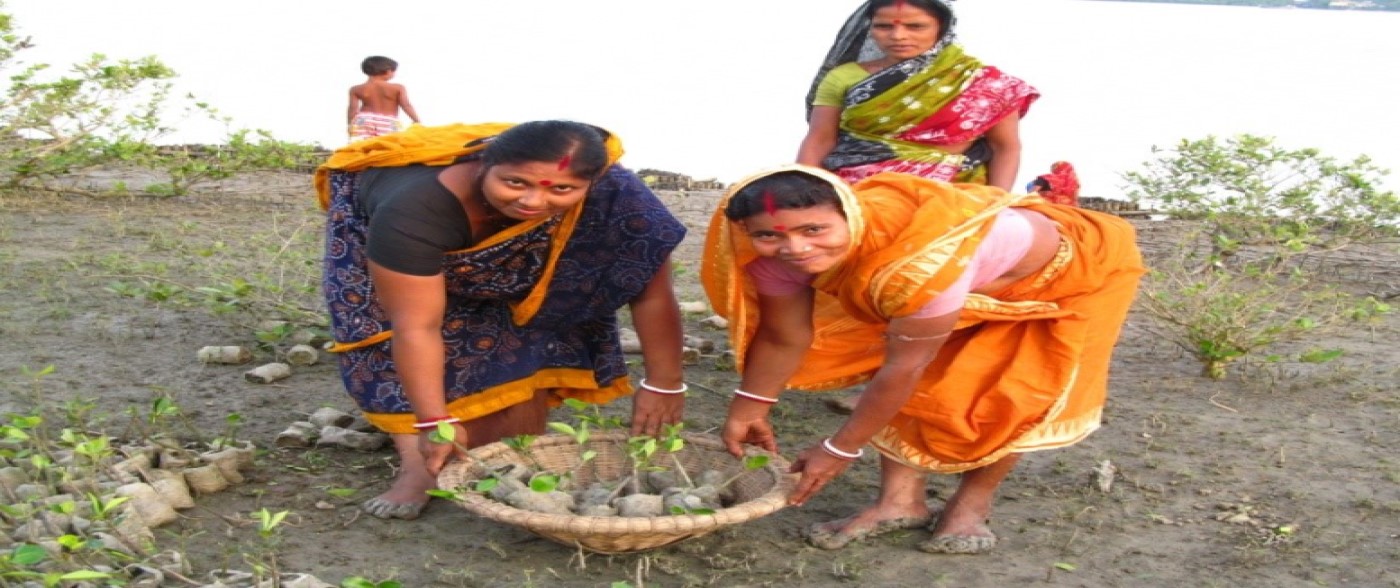Disaster Management > Disaster Risk Reduction
<< Back To CategoryDisasters are as old as human history but the dramatic increase and the damage caused by them in the recent past have become a cause of national and international concern. Over the past decade, the number of natural and manmade disasters has climbed inexorably. From 1994 to 1998, reported disasters average was 428 per year but from 1999 to 2003, this figure went up to an average of 707 disaster events per year showing an increase of about 60 per cent over the previous years. The biggest rise was in countries of low human development, which suffered an increase of 142 per cent. Drought and famine have proved to be the deadliest disasters globally, followed by flood, technological disaster, earthquake, windstorm, extreme temperature and others.
Disasters disrupt progress and destroy the hard-earned fruits of painstaking developmental efforts, often pushing nations, in quest for progress, back by several decades. Thus, efficient management of disasters, rather than mere response to their occurrence, has in recent times, received increased attention both within India and abroad. This is as much a result of the recognition of the increasing frequency and intensity of disasters, as it is an acknowledgement that good governance in a caring and civilized society, needs to deal effectively with the devastating impact of disasters.
Disaster Risks in India
India is vulnerable, in varying degrees, to a large number of natural as well as man-made disasters. 58.6 percent of the landmass is prone to earthquakes of moderate to very high intensity; over 40 million hectares (12 percent of land)is prone to floods and river erosion; of the 7,516 km long coastline, close to 5,700 km is prone to cyclones and tsunamis; 68 percent of the cultivable area is vulnerable to drought and hilly areas are at risk from landslides and avalanches. Vulnerability to disasters/emergencies of Chemical, Biological, Radiological and Nuclear (CBRN) origin also exists. Heightened vulnerabilities to disaster risks can be related to expanding population, urbanization and industrialization, development within high-risk zones, environmental degradation and climate change. The Super Cyclone of Orissa (1999), the Gujarat earthquake (2001) and the recent Tsunami (2004) and Aila (2009) affected millions across the country leaving behind a trail of heavy loss of life, property and livelihood.
In the context of human vulnerability to disasters, the economically and socially weaker segments of the population are the ones that are most seriously affected. Within the vulnerable groups, elderly persons, women, children— especially women rendered destitute, children orphaned on account of disasters and differently abled persons are exposed to higher risks.
Disaster Management can be defined as the organization and management of resources and responsibilities for dealing with all humanitarian aspects of emergencies, in particular preparedness, response and recovery in order to lessen the impact of disasters.
What We Do -









.jpg)








